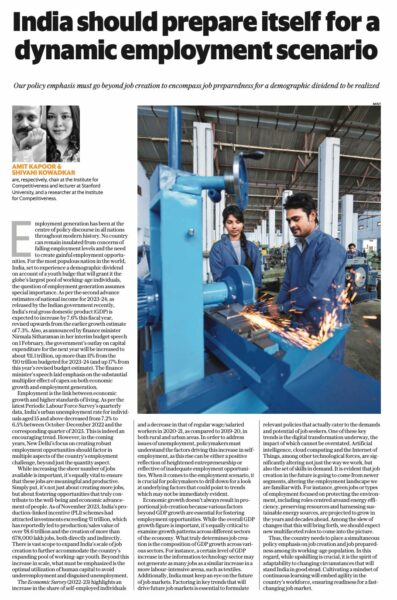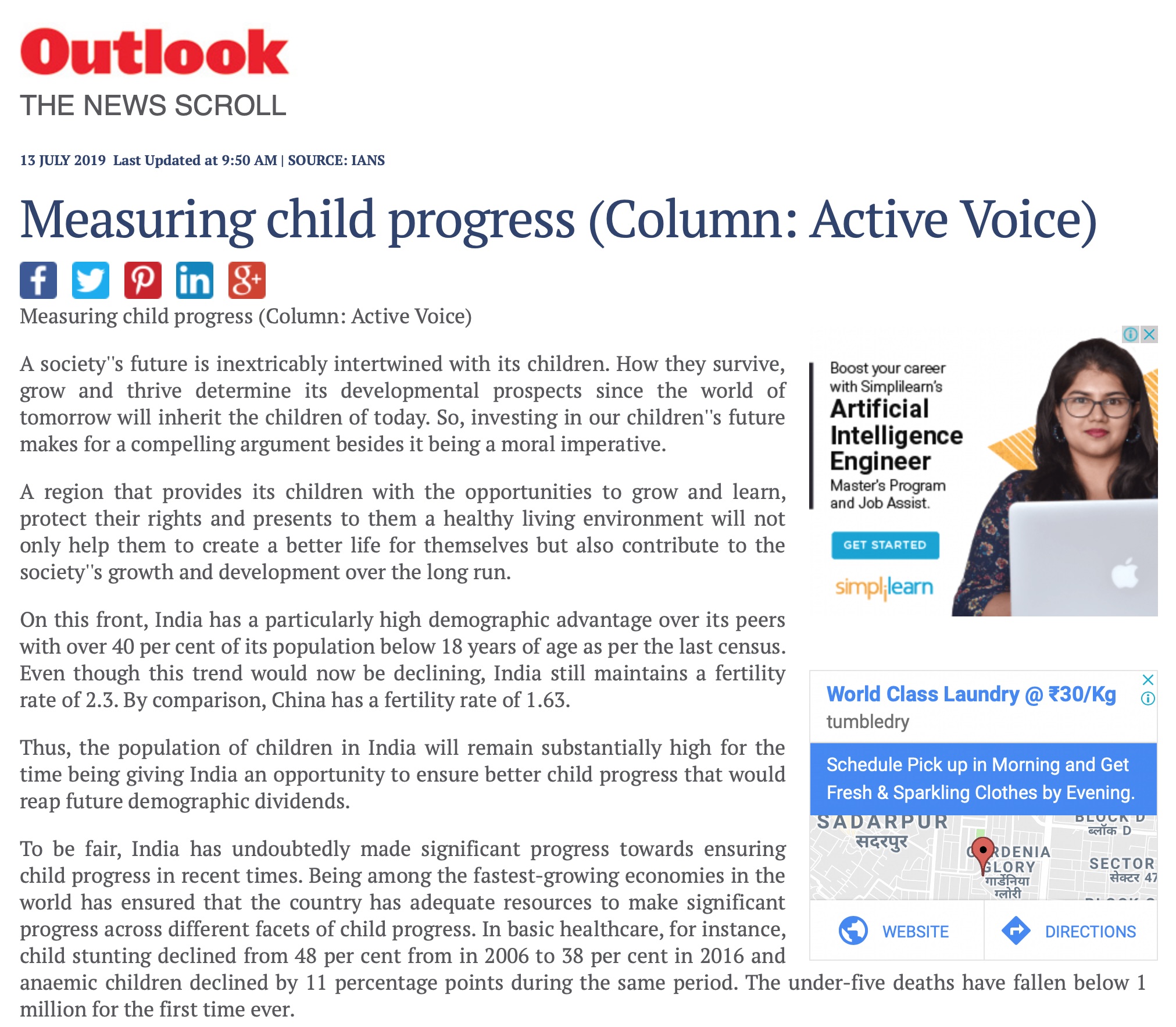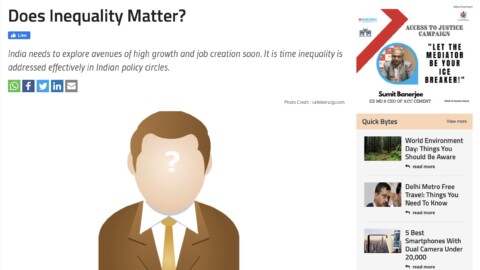Future of Jobs in India: Preparing for A Dynamic Landscape
Employment generation has been at the centre of policy discourse for all nations and throughout history. No country remains insulated from the concerns of falling employment levels and the need to create gainful employment opportunities. For the most populous nation in the world, set to go through a demographic dividend bulge and harbour the largest pool of working-age youth, the question of employment generation assumes greater importance. As per the First Advance Estimates of National Income of FY 2023-24 as announced during the Finance Minister’s speech in the recently released interim union budget 2024-25, India’s actual Gross Domestic Product (GDP) is expected to increase by 7.3 percent. Additionally, it was stated that the capital expenditure outlay for the next year would be increased by 11.1 percent. The substantial multiplier effect on both economic growth and employment generation was emphasized. Employment is the link between economic growth and higher standards of living. As per the lates PLFS quarterly data, the urban unemployment rate for individuals aged 15 and above decreased from 7.2% to 6.5% between October – December 2022 and the corresponding quarter in 2023. This is indeed an encouraging trend. However, in the coming years, the focus of creating robust employment opportunities should factor in multiple aspects that are there to India’s employment challenge, beyond just the quantity aspect.
While increasing the sheer number of jobs available is important, it’s equally vital to ensure that these jobs are meaningful and productive. Simply put, it’s not just about creating more jobs, but about fostering opportunities that truly contribute to individuals’ well-being and economic advancement. As of November 2023, the Production Linked Incentive (PLI) Schemes have attracted investments exceeding Rs. 1.03 lakh crore, that has led to production/sales value of Rs. 8.61 lakh crore and the creation of over 6.78 lakh jobs, both directly and indirectly. There is immense scope to expand India’s scale of job creation to further accommodate the expanding pool of working-age youth. Beyond this increase in scale, what must be emphasized is the optimal utilization of human capital to avoid underemployment and disguised unemployment. Additionally, the Economic Survey (2022-23) highlights an increase in the share of self-employed and a decrease in that of regular wage/salaried workers in 2020-21 as compared to 2019-20, in both rural and urban areas. In order to address issues of unemployment, India must understand the factors driving this increase in self-employment as this rise can be a positive reflection of improved entrepreneurial spirit, or it could also be reflective of lack of employment opportunities. When it comes to the employment scenario, as policymakers, it is crucial to drill down to look at underlying factors pointing to certain trends that may not be as evident.
Economic growth doesn’t always result in proportional job creation because various factors beyond GDP growth are essential for fostering employment opportunities. While the overall GDP growth figure is important, it’s equally crucial to examine the growth patterns across different sectors of the economy. What truly determines job creation is the composition of GDP growth across various sectors. For instance, a certain level of GDP increase in the IT sector may not generate as many jobs as a similar increase in a more labour-intensive arena such as textiles. Additionally, India must keep an eye on the future of job markets. Factoring in key trends that will drive future job markets is essential to formulating relevant policies that actually cater to job seekers’ demands and potential. One of the key trends is digital transformation, the impact of which cannot be overstated. Artificial Intelligence, cloud computing, IoT (Internet of Things), among other forces, are significantly altering not just the way we work, but also the required set of skills. It is evident that the job creation in the future is going to come from newer segments, altering the employment landscape we are familiar with. For instance, green jobs or types of employment focused on protecting the environment, including roles centered around energy efficiency, preserving resources, and harnessing sustainable energy sources, are projected to grow in number in the future. Among a slew of changes that this will bring forth, we should expect new multifaceted roles to come into the picture.
Thus, there needs to be a simultaneous policy emphasis on job creation and job preparedness among the working-age population. In this regard, while upskilling becomes crucial, it is the spirit of adaptability to changing circumstances that will stand the Indian demographic dividend in good stead. Cultivating a mindset of continuous learning will embed agility in the country’s workforce, ensuring readiness for a changing job market.
The article was published with Mint on March 13, 2024.
























